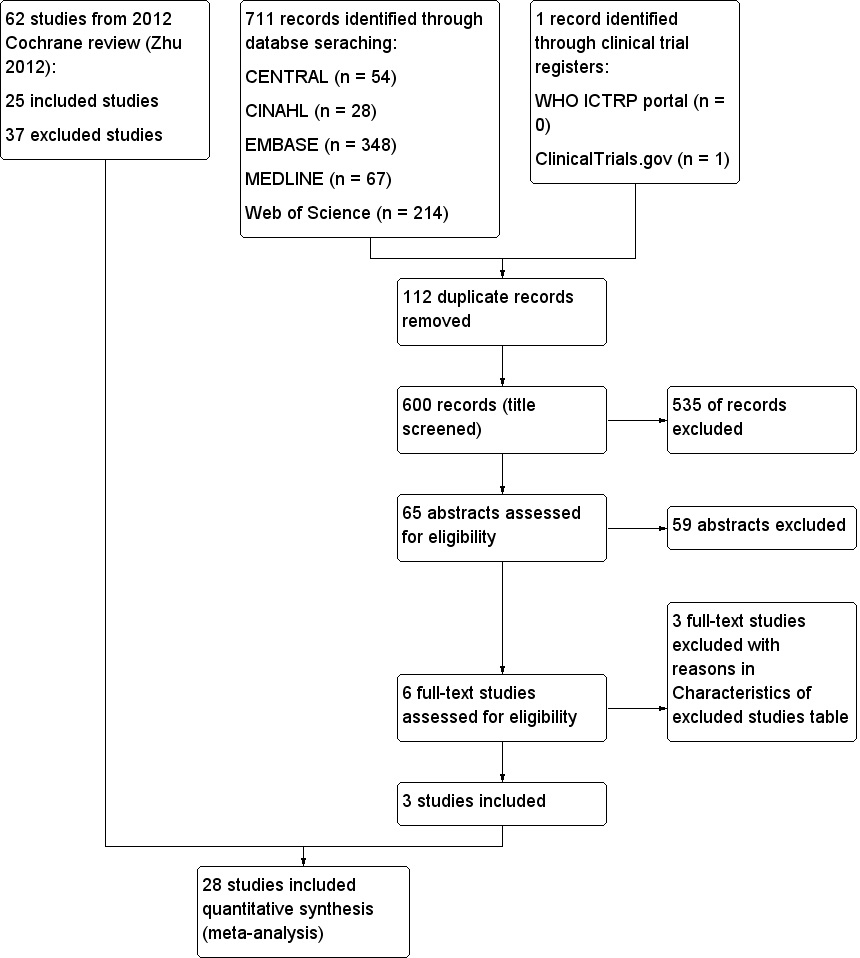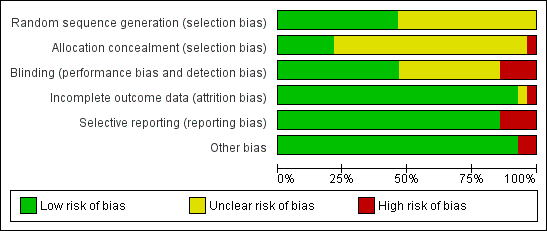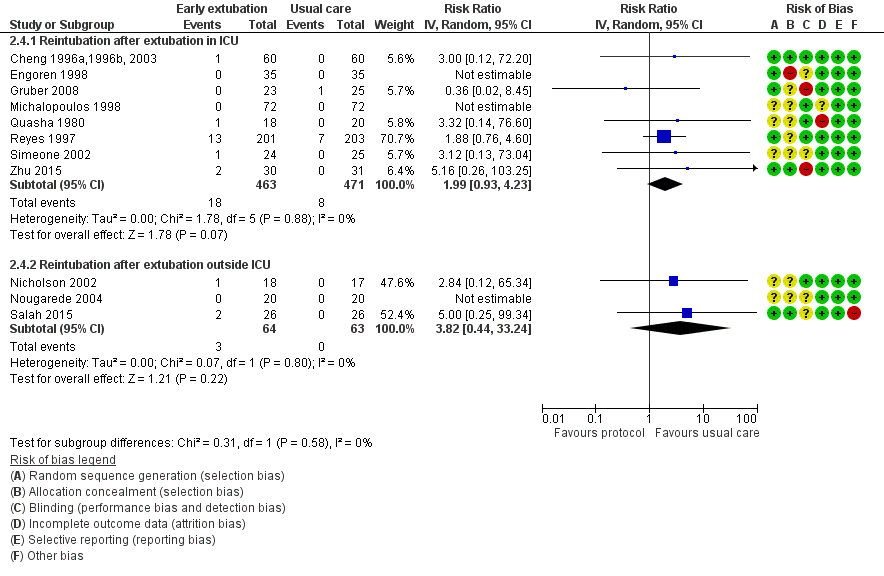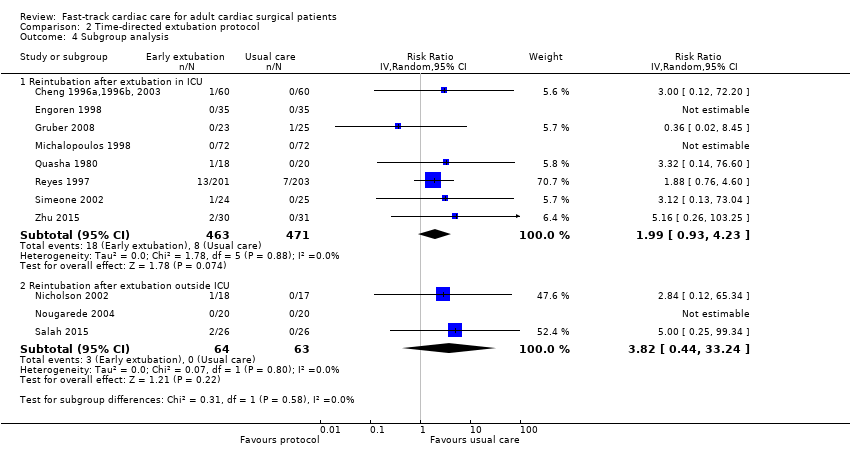Contenido relacionado
Revisiones y protocolos relacionados
Lizette N. Abraham, Kirstine L Sibilitz, Selina K Berg, Lars H Tang, Signe S Risom, Jane Lindschou, Rod S Taylor, Britt Borregaard, Ann-Dorthe Zwisler | 7 mayo 2021
Morihiro Katsura, Akira Kuriyama, Taro Takeshima, Shunichi Fukuhara, Toshi A Furukawa | 5 octubre 2015
Jørn Wetterslev, Christian S Meyhoff, Lars N Jørgensen, Christian Gluud, Jane Lindschou, Lars S Rasmussen | 25 junio 2015
Anna Wrzosek, Joanna Jakowicka‐Wordliczek, Renata Zajaczkowska, Wojciech T Serednicki, Milosz Jankowski, Malgorzata M Bala, Mateusz J Swierz, Maciej Polak, Jerzy Wordliczek | 12 diciembre 2019
Joanne Guay, Sandra Kopp | 5 enero 2016
Ibtihal S Abdelgadir, Robert S Phillips, Davinder Singh, Michael P Moncreiff, Joanne L Lumsden | 24 mayo 2017
Lutz Kaufner, Christian von Heymann, Anne Henkelmann, Nathan L Pace, Stephanie Weibel, Peter Kranke, Joerg J Meerpohl, Ravi Gill | 13 agosto 2020
Joanne Guay, Sandra Kopp | 1 marzo 2019
Lars H Lundstrøm, Christophe HV Duez, Anders K Nørskov, Charlotte V Rosenstock, Jakob L Thomsen, Ann Merete Møller, Søren Strande, Jørn Wetterslev | 17 mayo 2017
Ahmed A Kolkailah, Rami Doukky, Marc P Pelletier, Annabelle S Volgman, Tsuyoshi Kaneko, Ashraf F Nabhan | 20 diciembre 2019
Respuestas clínicas Cochrane
Dane Gruenebaum | 19 mayo 2017












